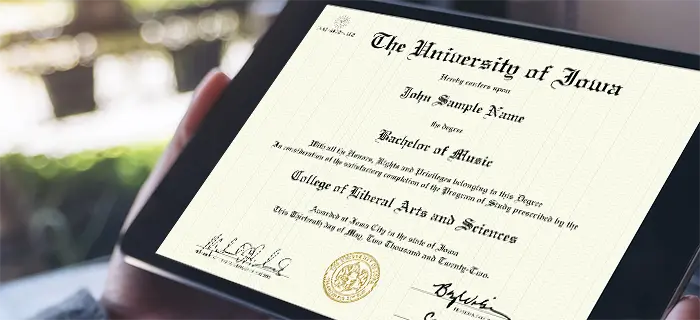
写Research Gap时,先思考我们要写的是什么类型的Research Gap。不同类型的Gap书写方法不同,可以通过一些研究工具,例如:SCISPACE、PubCrawler、Feedly、Google Scholar,通读文献中的不同Research Gap示例来进行参考。
典型Research Gap结构
1. 引言
背景和重要性:引入研究领域的背景,说明为什么这个领域重要。
已有研究的主要发现和进展:概述已有研究的主要成果,展示该领域的发展情况。
例句:
- "The field of [研究领域] has seen significant advancements in [研究主题] over the past decades."
- "Despite the progress made, there are still critical areas that require further investigation."
2. 现有研究的总结
综述已有研究:对现有研究进行详细的综述,包括主要观点、方法和结论。
突出研究的局限性或不足:指出现有研究在方法、样本、范围等方面的不足之处。
例句:
- "Previous studies have primarily focused on [研究方向] using [研究方法]."
- "However, these studies have limitations, such as [具体局限性]."
3. 识别研究空缺
识别研究空缺:明确指出现有研究中存在的空缺或不足之处。
指出尚未解决的问题:提出现有研究尚未解决的问题或未探讨的方面。
例句:
- "Despite the extensive research, there is a noticeable gap in understanding [具体问题]."
- "Current literature does not adequately address [未探讨的方面]."
4. 解释研究空缺的重要性
解释填补空缺的重要性:说明为什么填补这些研究空缺是重要的。
强调对学术或实践的影响:强调填补这些空缺对学术研究或实践的积极影响。
例句:
- "Addressing this gap is crucial because [重要性原因]."
- "Filling this gap will provide valuable insights into [研究领域] and enhance [实践/应用]."
5. 提出未来研究的方向
提出研究问题或假设:提出未来研究的问题或假设,指明研究方向。
概述可能的研究方法:简要说明未来可能采用的研究方法或途径。
阐述研究的贡献和意义:说明未来研究的潜在贡献和意义。
例句:
- "Future research should explore [研究问题] using [研究方法]."
- "This approach could yield significant contributions to [研究领域] by [具体贡献]."
6. 结论
总结研究空缺的识别和重要性:简要总结识别出的研究空缺和其重要性。
强调填补研究空缺的必要性:重申填补这些空缺的必要性和价值。
例句:
- "In conclusion, addressing the identified research gaps is essential for advancing our understanding of [研究领域]."
- "By filling these gaps, future research can make meaningful contributions to both theory and practice."
Research Gap书写模板
1. 引言
- "The field of [研究领域] has seen significant advancements in [研究主题] over the past decades. Despite this progress, there remain critical areas that require further investigation."
2. 现有研究的总结
- "Previous studies have primarily focused on [研究方向] using [研究方法]. However, these studies have limitations, such as [具体局限性]."
3. 识别研究空缺
- "Despite the extensive research, there is a noticeable gap in understanding [具体问题]. Current literature does not adequately address [未探讨的方面]."
4. 解释研究空缺的重要性
- "Addressing this gap is crucial because [重要性原因]. Filling this gap will provide valuable insights into [研究领域] and enhance [实践/应用]."
5. 提出未来研究的方向
- "Future research should explore [研究问题] using [研究方法]. This approach could yield significant contributions to [研究领域] by [具体贡献]."
6. 结论
- "In conclusion, addressing the identified research gaps is essential for advancing our understanding of [研究领域]. By filling these gaps, future research can make meaningful contributions to both theory and practice."
通过以上结构和模板,你可以清晰地撰写出Research Gap部分,使你的研究计划更加完善和有说服力。
选择DR.D留学生辅导机构,让我们携手开启留学之旅,为您的留学生活增添精彩!









